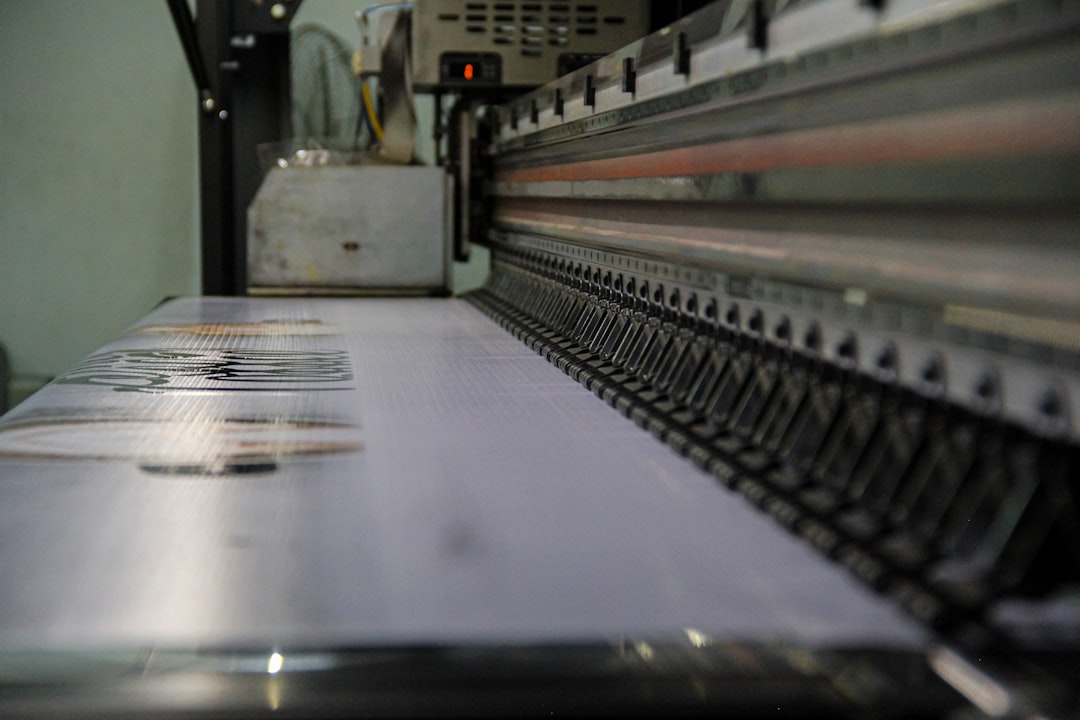In today’s competitive landscape, delivering high-quality products consistently is paramount. The pursuit of zero-defect production, while seemingly unattainable, represents a powerful aspiration driving continuous improvement and operational excellence. This blog post delves into the intricacies of achieving this ambitious goal, exploring the strategies, challenges, and benefits along the way.
Understanding the Zero-Defect Philosophy
The zero-defect philosophy isn’t about achieving absolute perfection, where every single unit produced is flawless. Instead, it’s a mindset, a commitment to continuous improvement aimed at minimizing defects to an insignificant level. It’s about striving for excellence, fostering a culture of quality, and proactively identifying and addressing potential problems before they become costly defects. This shift in perspective from reactive problem-solving to proactive quality management is crucial for success. It requires a complete buy-in from all levels of the organization, from the shop floor to the executive suite. The focus shifts from simply meeting specifications to exceeding expectations and delivering products that consistently delight customers.
Implementing Robust Quality Control Systems
A robust quality control system is the backbone of any zero-defect initiative. This involves implementing a multi-layered approach encompassing several key elements. Statistical Process Control (SPC) provides real-time monitoring of production processes, allowing for early detection of deviations and adjustments to prevent defects. Total Quality Management (TQM) promotes a company-wide commitment to quality, empowering employees at all levels to identify and address quality issues. Six Sigma methodologies, with their emphasis on data-driven decision-making and process optimization, can significantly reduce variation and defect rates. Regularly scheduled audits, both internal and external, provide objective assessments of the effectiveness of implemented quality systems. Furthermore, investing in advanced technologies like automated inspection systems can significantly enhance the speed and accuracy of quality checks, minimizing human error.
The Role of Employee Empowerment and Training
Achieving zero-defect production isn’t solely the responsibility of a dedicated quality control team. It requires the active participation and commitment of every employee. Empowering employees to identify and address quality issues is crucial. This involves providing them with the necessary training, tools, and authority to make decisions that impact quality. Regular training programs focused on quality control techniques, problem-solving methodologies, and process improvement initiatives should be implemented. Open communication channels allow employees to voice concerns and suggestions without fear of retribution, fostering a culture of continuous improvement. Employee feedback mechanisms, such as suggestion boxes or regular feedback sessions, provide valuable insights into potential areas for improvement. Recognizing and rewarding employees who contribute to improving quality further reinforces the importance of the zero-defect philosophy.
Overcoming Challenges in Pursuit of Zero Defects
The journey to zero-defect production is not without its challenges. Cost is a significant hurdle, as implementing robust quality control systems and training programs requires significant investment. Resistance to change from employees accustomed to traditional methods can also hinder progress. Achieving perfect consistency across all processes and materials can be difficult, especially in complex manufacturing environments. Measuring and tracking progress towards the zero-defect goal requires accurate and reliable data collection systems. Addressing these challenges requires a phased approach, prioritizing improvements based on their impact and feasibility, and consistently communicating the benefits of the zero-defect initiative to all stakeholders. A robust change management strategy is crucial to navigate resistance and ensure smooth implementation.
The Benefits of a Zero-Defect Approach
The benefits of striving for zero-defect production extend far beyond simply reducing defects. Increased customer satisfaction is a direct result of consistently delivering high-quality products. Reduced waste minimizes material, time, and labor costs associated with rework, scrap, and warranty claims. Enhanced brand reputation builds trust and loyalty among customers. Improved efficiency streamlines production processes, leading to increased productivity and profitability. Increased competitiveness allows businesses to stand out in a crowded marketplace. The long-term investment in achieving zero-defect goals yields significant returns in terms of operational efficiency, customer satisfaction, and bottom-line profitability.
In conclusion, while achieving true “zero defects” might be an ideal, the pursuit of this goal fosters a culture of continuous improvement and operational excellence, leading to significant benefits for any organization. By implementing robust quality control systems, empowering employees, and overcoming inherent challenges, businesses can significantly reduce defects, enhance quality, and gain a competitive edge in the marketplace.
Tags: Zero-defect manufacturing, Quality control, Six Sigma, Total Quality Management, Lean manufacturing




